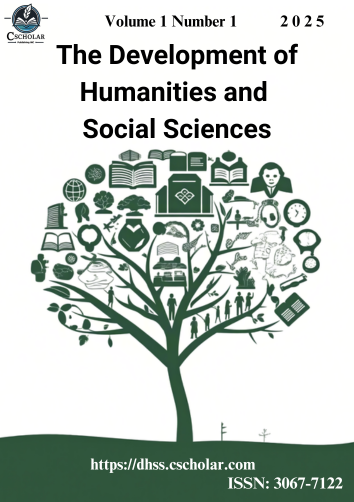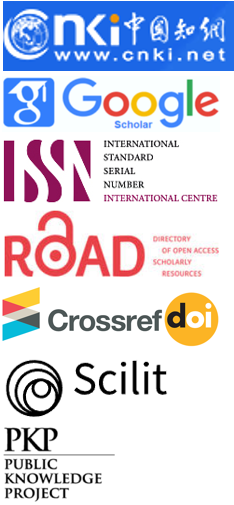Enhancing Intercultural Competence through Country-Specific Education: A Mixed-Methods Study of International Students in China
DOI:
https://doi.org/10.71204/vyy8h643Keywords:
Country-Specific Education, intercultural competence, Cultural Intelligence, International StudentsAbstract
Drawing on country-specific studies (Guobie Xue) and Cultural Intelligence (CQ) theory, this mixed-methods study explores how systematically designed educational content on Chinese national conditions (Guoqing Jiaoyu) enhances international students' intercultural competence. Utilizing structural equation modeling (SEM) and thematic analysis, the research identifies significant cognitive, emotional, and behavioral mechanisms influencing intercultural effectiveness. Findings reveal that structured education effectively corrects cognitive misconceptions, fosters emotional identification with Chinese culture, and encourages behavioral adaptability. The study contributes theoretically by integrating country-specific education frameworks with intercultural effectiveness models, while practically providing guidelines for improving international education curricula to support China's higher education internationalization.
References
Ang, S., & Van Dyne, L. (2008). Handbook of cultural intelligence: Theory, measurement, and applications. Routledge.
Ang, S., Van Dyne, L., Koh, C., Ng, K. Y., Templer, K. J., Tay, C., & Chandrasekar, N. A. (2007). Cultural intelligence: Its measurement and effects on cultural judgment and decision making, cultural adaptation, and task performance. Management and Organization Review, 3(3), 335–371.
Braun, V., & Clarke, V. (2006). Using thematic analysis in psychology. Qualitative Research in Psychology, 3(2), 77–101.
Creswell, J. W., & Plano Clark, V. L. (2018). Designing and conducting mixed methods research (3rd ed.). SAGE Publications.
De Wit, H. (2015). Internationalization of higher education: An evolving landscape, locally and globally. Routledge.
Deardorff, D. K. (2006). Identification and assessment of intercultural competence as a student outcome of internationalization. Journal of Studies in International Education, 10(3), 241–266.
Earley, P. C., & Ang, S. (2003). Cultural intelligence: Individual interactions across cultures. Stanford University Press.
Hair, J. F., Black, W. C., Babin, B. J., & Anderson, R. E. (2019). Multivariate data analysis (8th ed.). Cengage Learning.
Knight, J. (2004). Internationalization remodeled: Definition, approaches, and rationales. Journal of Studies in International Education, 8(1), 5–31.
Li, M., & Wang, X. (2021). Challenges of international students’ intercultural adaptation in Chinese universities. International Journal of Intercultural Relations, 80, 234–244.
Wu, H. P., Garza, E., & Guzman, N. (2015). International students’ challenge and adjustment to college. Education Research International, 2015, Article 202753.
Yin, R. K. (2014). Case study research: Design and methods (5th ed.). Sage Publications.
Yu, B. (2012). Intercultural competence in international higher education contexts. International Journal of Intercultural Relations, 36(4), 554–566.
Zhang, H. (2019). The current situation and problems of national conditions education for international students in China. Higher Education Exploration, 12, 32–37.
Zhao, C. M., Kuh, G. D., & Carini, R. M. (2005). A comparison of international student and American student engagement in effective educational practices. The Journal of Higher Education, 76(2), 209–231.
Downloads
Published
Data Availability Statement
The original contributions presented in this study are included in the article/supplementary material. Further inquiries can be directed to the corresponding author(s).
Issue
Section
Categories
License
Copyright (c) 2025 Ruyang Li (Author)

This work is licensed under a Creative Commons Attribution 4.0 International License.
All articles published in this journal are licensed under the Creative Commons Attribution 4.0 International License (CC BY 4.0). This license permits unrestricted use, distribution, and reproduction in any medium, provided the original author(s) and source are properly credited. Authors retain copyright of their work, and readers are free to copy, share, adapt, and build upon the material for any purpose, including commercial use, as long as appropriate attribution is given.





